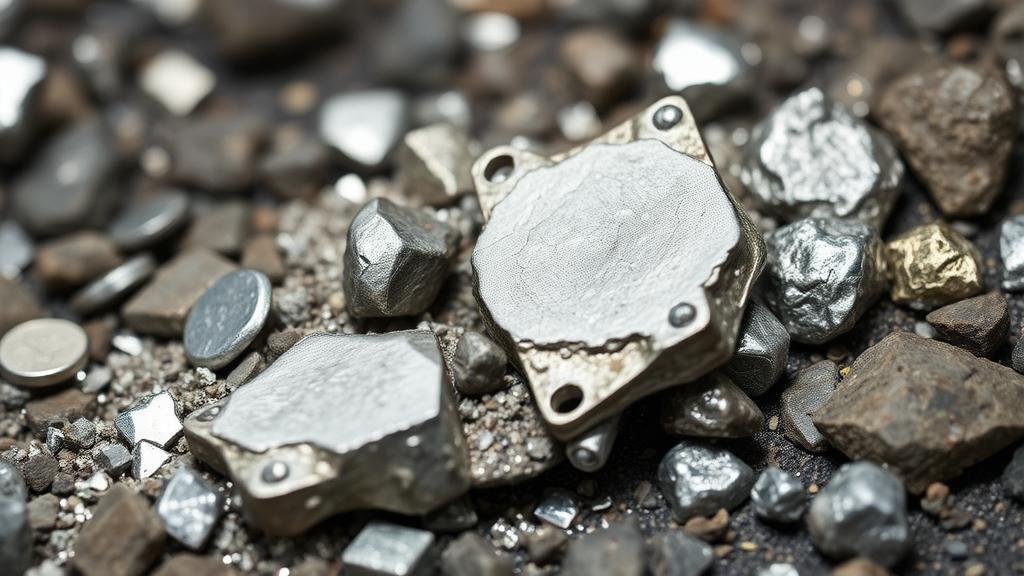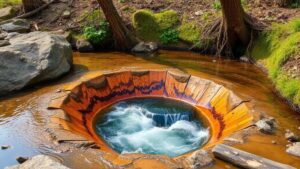Techniques for Recovering Silver From Copper Concentrates in Multi-Metal Ores
Techniques for Recovering Silver From Copper Concentrates in Multi-Metal Ores
The extraction of silver from copper concentrates in multi-metal ores is a critical aspect of modern metallurgy. The complexity of these ores necessitates the adoption of specialized techniques to segregate and recover silver economically. This article outlines the primary methods employed in this process, highlighting their mechanisms, advantages, and real-world applications.
Understanding Multi-Metal Ores
Multi-metal ores are naturally occurring materials that contain two or more valuable metals. In the context of this article, we will focus on ores rich in copper and silver. The interplay between these metals poses unique challenges and opportunities for recovery. Often, the economic viability of silver extraction hinges on the efficiency of these processing techniques.
Common Techniques for Silver Recovery
Several techniques have been developed to facilitate the recovery of silver from copper concentrates. e methods can be broadly categorized into pyrometallurgical and hydrometallurgical processes.
- Pyrometallurgical Processing: This method involves the application of heat to extract metals from their ores. In the case of silver recovery, a common approach is the use of roasting followed by smelting. Roasting transforms the sulfide minerals into oxides, allowing for further extraction. Smelting then reduces these oxides at high temperatures to yield silver. For example, in a typical copper smelter, the concentrate is subjected to temperatures between 1,200°C and 1,500°C, producing a matte that contains both copper and silver.
- Hydrometallurgical Processing: This involves using aqueous solutions to extract metals from ores. A prevalent method is leaching, where cyanide or acid solutions selectively dissolve silver. For example, cyanidation is frequently used in the mining industry for silver extraction, capitalizing on its ability to dissolve silver at low concentrations. This method allows for the recovery of silver from oxidized copper ores with greater efficiency and lower environmental impact compared to pyrometallurgy.
Sequential Leaching: An Emerging Technique
Sequential leaching has gained attention as an innovative technique for recovering silver from copper concentrates. This process involves treating the ore first with a leaching agent that targets copper, such as sulfuric acid, followed by a subsequent treatment that focuses on silver recovery.
A notable case study involves a mining operation in Australia that utilized sequential leaching to improve silver recovery rates. By initially removing copper from the concentrate with sulfuric acid, the operation enhanced the subsequent leaching stage with cyanide, leading to an overall increase in silver yield by 35% compared to traditional methods.
Challenges in Silver Recovery
Despite advancements in recovery techniques, various challenges persist. One such issue is the presence of impurities, which can complicate the extraction process and lower the quality of the final product. For example, the presence of arsenic or antimony in copper concentrates can poison the leaching process, leading to reduced silver recovery rates.
Environmental Considerations
With the increasing scrutiny on environmental impacts, sustainable practices are paramount in modern metallurgy. Techniques like bioleaching, which employs microorganisms to extract metals, are emerging as more environmentally friendly alternatives to traditional methods. Bioleaching can potentially mitigate harmful emissions and reduce the overall carbon footprint of metal recovery operations.
Conclusion
Recovering silver from copper concentrates in multi-metal ores requires a multifaceted approach, utilizing various techniques tailored to the specific metallurgical properties of the ore. Pyrometallurgical and hydrometallurgical processes dominate the landscape, but emerging methods like sequential leaching offer promising enhancements to recovery rates while addressing environmental concerns.
As the demand for silver increases in industries such as electronics and renewable energy, continuous innovation in extraction techniques will be critical. Industry professionals should focus on adopting sustainable practices and developing more efficient recovery technologies to meet both economic and environmental goals.
Actionable Takeaways
- Evaluate the properties of your copper concentrates to determine the most effective recovery method.
- Stay abreast of emerging technologies, especially in sustainable practices such as bioleaching.
- Consider integrating sequential leaching to improve overall silver yield from multi-metal ores.
- Conduct thorough analyses of impurities in concentrates to optimize recovery strategies.



